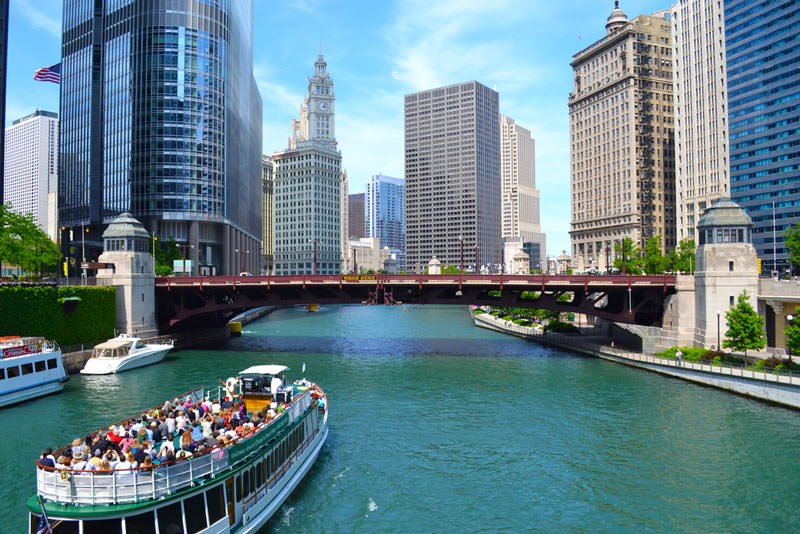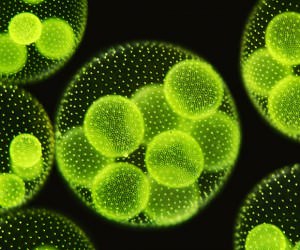Ecological Restoration Efforts in the Chicago River

The Chicago River has long been one of the most environmentally challenged waterways in the United States due to decades of industrial use, urban expansion, and insufficient wastewater management. Despite pollution concerns, the river remains a popular location for recreational fishing. Two distinct projects are now aiming to restore their ecological balance by introducing aquatic species: catfish and algae.
Reintroducing Channel Catfish for Habitat Health
One restoration initiative involved the release of approximately 200,000 juvenile channel catfish into the river. This was carried out by an environmental nonprofit organization focused on local conservation. Permeable concrete nesting tubes were also placed along the riverbed to support the species’ reproduction.
Channel catfish were chosen because of their ability to survive in diverse water conditions. Their long-term survival and reproduction could serve as indicators of improved river health. If the species fails to thrive, it would suggest that broader ecological conditions remain unsuitable for sustaining aquatic life.
Algae as a Tool for Water Filtration

A second and more technologically advanced project seeks to mitigate nutrient pollution by using algae to extract phosphorus and nitrogen from wastewater before it enters the river. Excess nutrients, particularly from untreated or under-treated sewage, are responsible for algal blooms that deplete oxygen levels and threaten other aquatic species.
This initiative is led by the Metropolitan Water Reclamation District and involves the deployment of a revolving algal biofilm reactor. The system, developed by researchers at Iowa State University, uses rotating conveyor belts submerged in wastewater. Algae grow on the belts, absorbing harmful nutrients. Once matured, the algae are removed and repurposed as organic material or fertilizer.
Environmental Context
Nutrient overload in the Chicago River is largely due to the region’s limited sewage treatment capacity and the absence of regulatory limits on phosphorus discharge in Illinois. By using algae to preemptively absorb these nutrients, the project aims to prevent further ecological degradation and contribute to a more sustainable urban waterway.